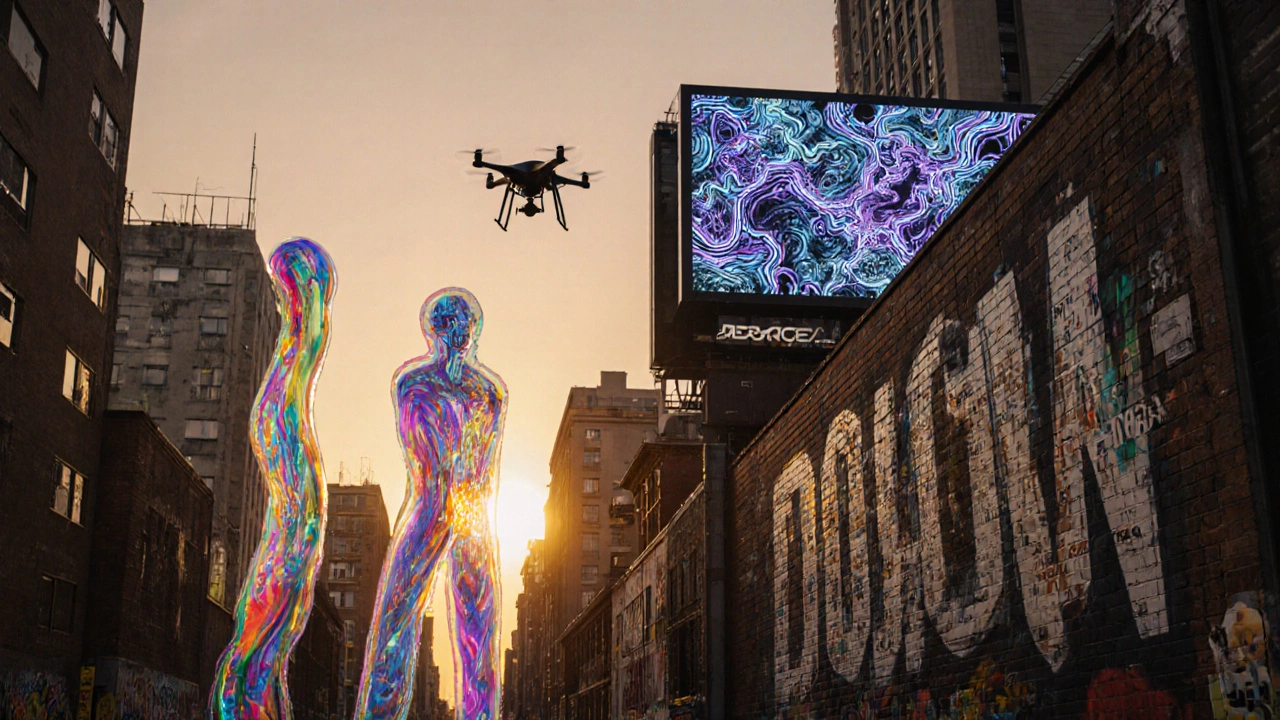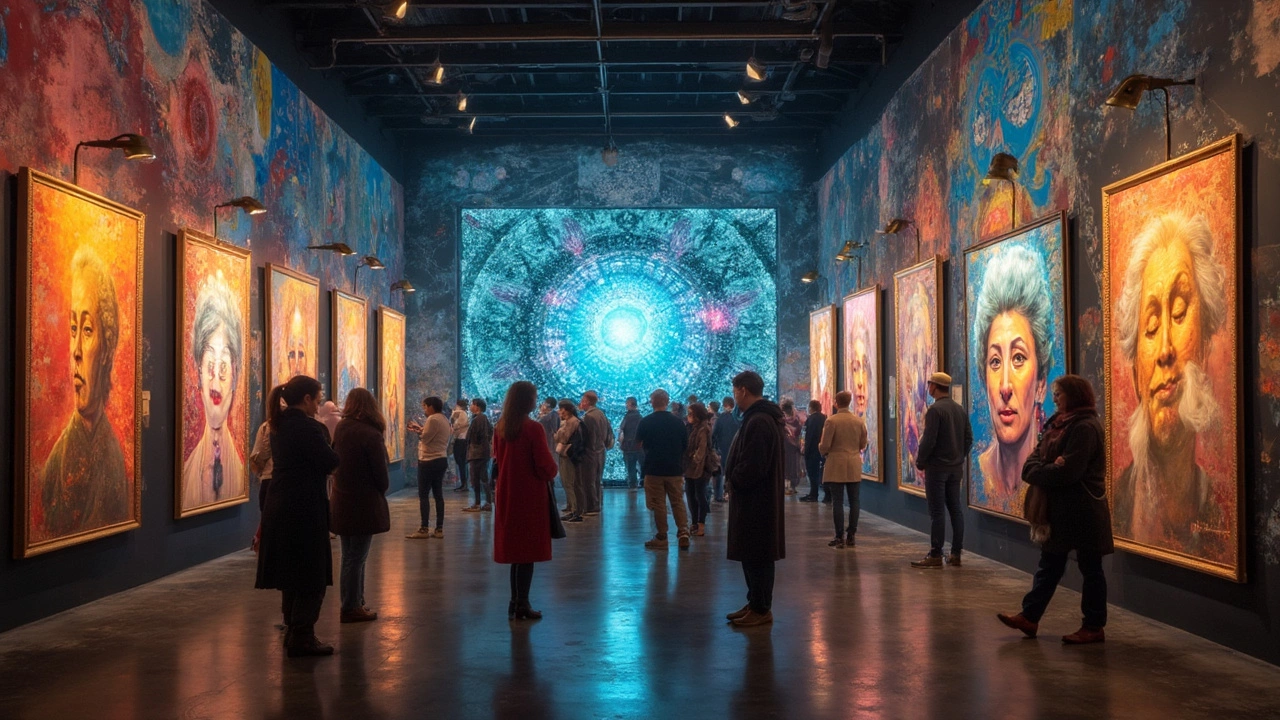AI Art: How Machines Are Redefining Creativity
Ever wonder how a computer can paint a portrait or design a surreal landscape? AI art makes that happen in minutes, and it’s changing the way we think about creativity. Instead of a brush, the artist uses code, data, and a lot of math. The result can be striking, weird, or eerily realistic – all depending on the tool and the prompt you give.
If you’re curious but unsure where to start, you’re not alone. Many people think AI art requires a PhD in programming, but the reality is far simpler. Today, a few clicks in a web browser can produce gallery‑worthy images. Let’s break down the basics so you can try it yourself without feeling overwhelmed.
Getting Started with AI Art Tools
First, pick a platform. Popular options include DALL·E, Midjourney, and Stable Diffusion. All three let you type a description – called a “prompt” – and the system turns it into an image. The key is being clear about what you want: color, style, mood, and detail level. For example, type “a neon city at dusk, cyberpunk style” instead of just “city”. The more specific you are, the better the output.
Second, experiment with variations. Most tools let you upscale an image, reroll it, or blend two results. Use these features to fine‑tune composition, lighting, or texture. You don’t have to settle for the first draft; treat each version as a sketch you can improve.
Third, think about post‑processing. Simple edits in Photoshop or GIMP can add a personal touch, like adjusting contrast or adding hand‑drawn elements. This step helps you avoid a purely “machine‑made” look and makes the piece feel more yours.
Finally, mind the legal side. Some platforms grant you full commercial rights, while others have restrictions. Always check the licensing terms before selling prints or using the image in a brand campaign.
What AI Art Means for Creators and Buyers
For artists, AI can be a powerful brainstorming partner. It speeds up idea generation, letting you explore dozens of concepts in the time it used to take to sketch one. This can free up mental energy for refining ideas, adding hand‑crafted details, or focusing on storytelling.
Collectors are also paying attention. AI‑generated pieces have appeared in major auctions, sometimes fetching six‑figure sums. The market is still figuring out how to value originality when the source code behind the image is shared by many. One practical tip: highlight the unique prompt you used and any personal edits you made. That narrative adds provenance and can justify a higher price.
Another impact is accessibility. Traditional art training can take years, but anyone with an internet connection can now create striking visuals. This democratization invites fresh voices and diversifies the visual landscape. At the same time, it raises questions about skill, authorship, and the future role of human hands in art.
Bottom line: AI art isn’t here to replace artists; it’s here to expand the toolbox. Whether you’re a seasoned painter looking for new inspiration or a hobbyist eager to make cool images, the technology is ready for you. Start with a free trial, play with prompts, and see how the results surprise you. You might end up with a piece you love enough to frame, sell, or simply share on social media.

